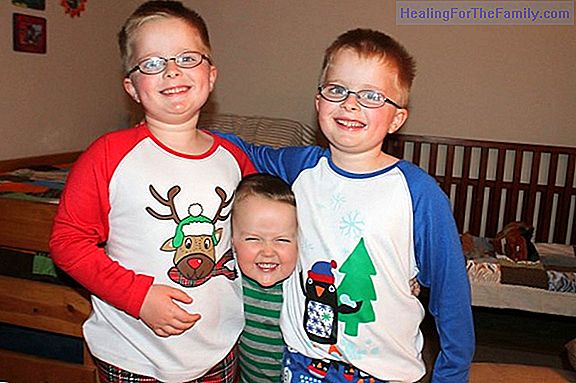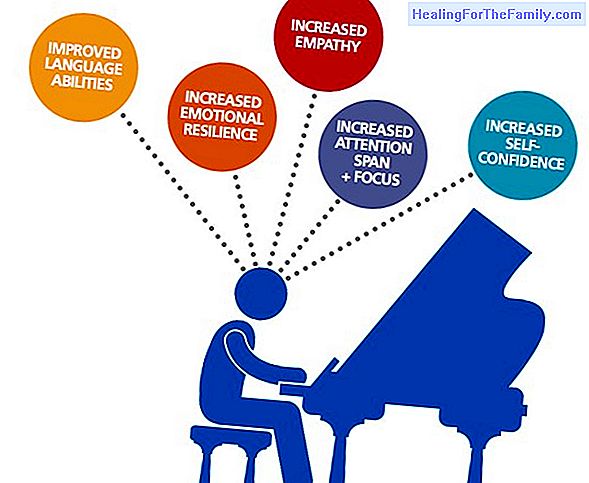6 Problems in children who breathe through the mouth
When the child is at rest, should breathe nasally, through the nose. This allows the filtration and heating of the air we breathe, preventing diseases and infections. When speaking, the breathing adopts a mixed pattern, combining the nasal and buccal routes. However, when to take and expel the air,
When the child is at rest, should breathe nasally, through the nose. This allows the filtration and heating of the air we breathe, preventing diseases and infections. When speaking, the breathing adopts a mixed pattern, combining the nasal and buccal routes.
However, when to take and expel the air, whether at rest or speech, the mouth is used uniquely, we are in front of a mouth breather. What problems do you have for the child?
6 problems in children resulting from inadequate breathing

Often, many children present this alteration that goes beyond being only an affectation of the respiratory function but it entails many other imbalances of the general system. But what specifically are the repercussions of a mouth breathing?
1. Craniofacial alterations:The face of these children is elongated and narrow, the nose is usually smaller (due to its disuse), the cheeks are flabby and there is less development of the jaws. The lips crack and are incompetent, lacking in tone, which prevents the mouth from closing. This also increases the drooling and gives the saliva a thicker texture. In the same way, when the oral cavity remains open, the tongue tends to go out or to be in a low position, behind the lower incisors. In this way, the orofacial musculature ends up presenting low tonicity or strength. Problemas 2. Dental problems:
If the tongue is low it does not contact the palate and, therefore, it does not enlarge or develop and the teeth crowd, tending to protrusion (overtaking) of the upper incisors. In other cases, cross bites or open bites occur. At the same time, the presence of tartar and caries increases. A 3. Affectation of feeding:These children are barely able to eat with their mouths closed, a basic demand of any parent. In view of the difficulties in coordinating respiration and feeding, they tend to chew little and swallow quickly, something that damages digestion and increases the risk of choking, as well as obesity. Similarly, oral respirators often have an atypical swallow (noises, compensatory movements, etc.). 4. Articulation difficulties:
Buccal breathing can modify the physiognomy and, with this, deform the position, competence and functionality of certain orofacial organs. Thus, the probability of the appearance of problems such as dyslalias increases, that is, difficulties in the emission of certain phonemes.5. Postural alterations:
When there is a shallow breathing (the air is not taken from the stomach, as in the case of correct costodiaphragmatic breathing), the thoracic musculature is flaccid. Other body alterations are frequent, such as forward shoulders, flat feet, head off the vertical line with the neck, abdomen out, etc. D 6. Difficulties in sleep: these children tend to sniff, cough and have a poor sleep, so they wake up tired, as their deep circles show. During rest, obstructive apneas may occur (momentary interruptions of breathing). Because of all this, they are more sleepy during the day, so their performance in school and their attention skills may be diminished. When they wake up they also find that their throat hurts or that their voice is hoarse and that it takes a few hours to recover their clarity. This, at the same time, can be characterized as being hiponasal (gangosa).
Taking into account all of the above, it is easy to deduce the importanceof teaching our children to breathe properly.
Therefore, if you notice difficulties or symptoms such as those mentioned above, it is essential that you use a professional to advise you, make an assessment and determine the need to initiate or not a treatment to restore respiratory function.












